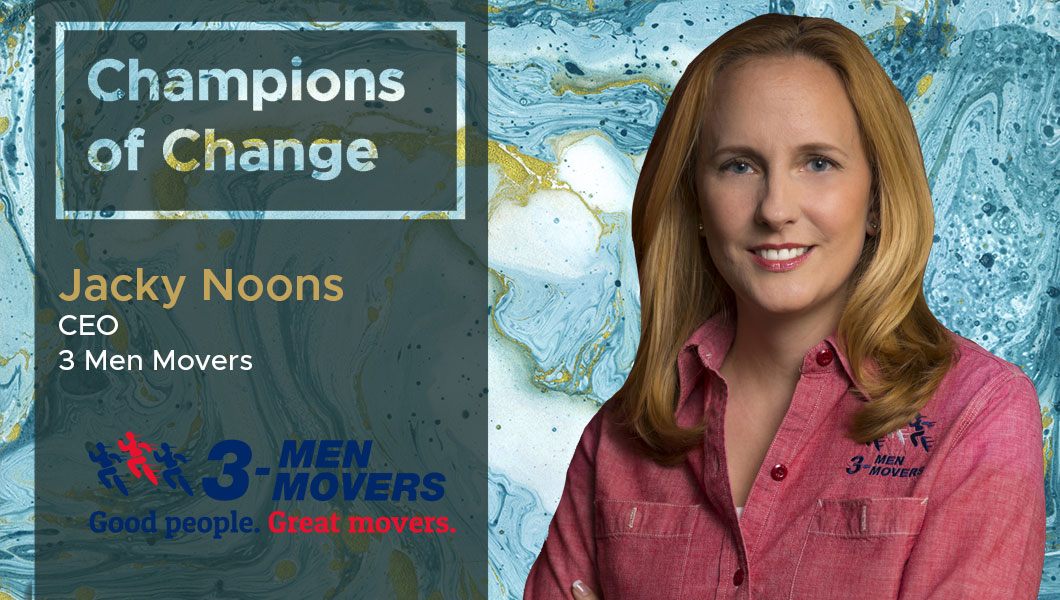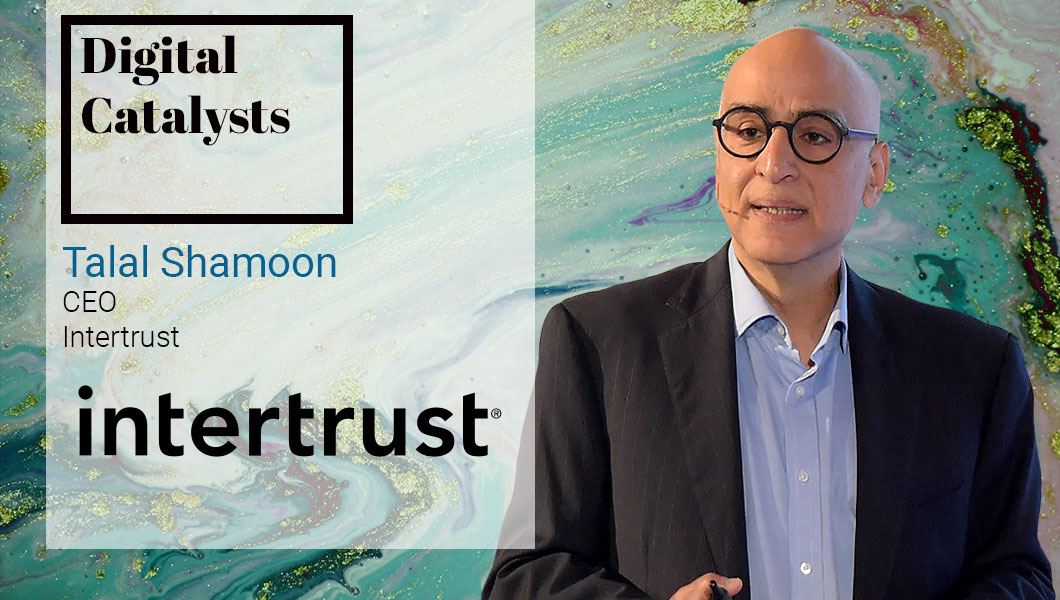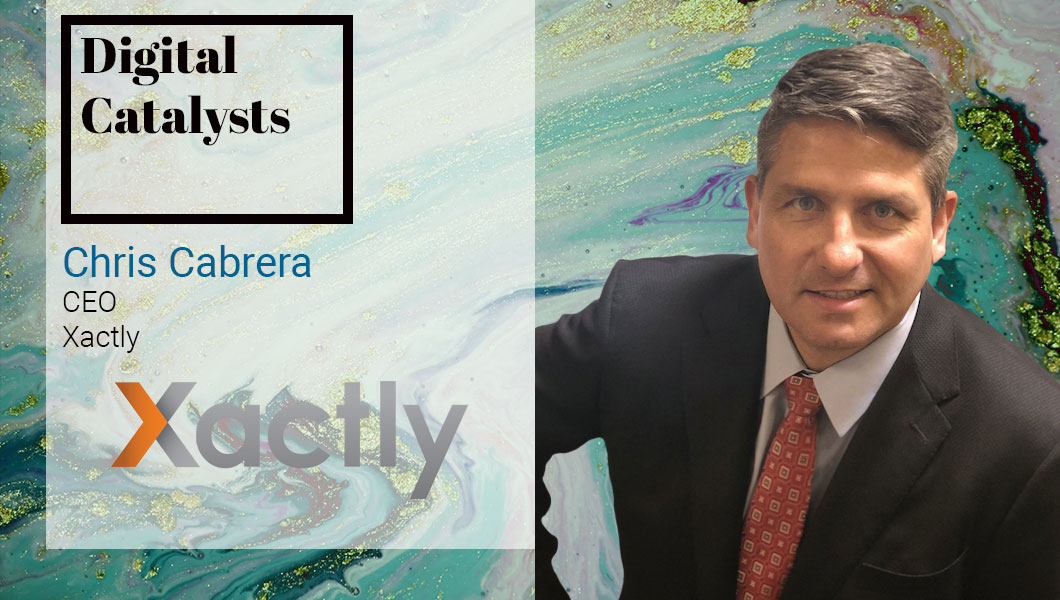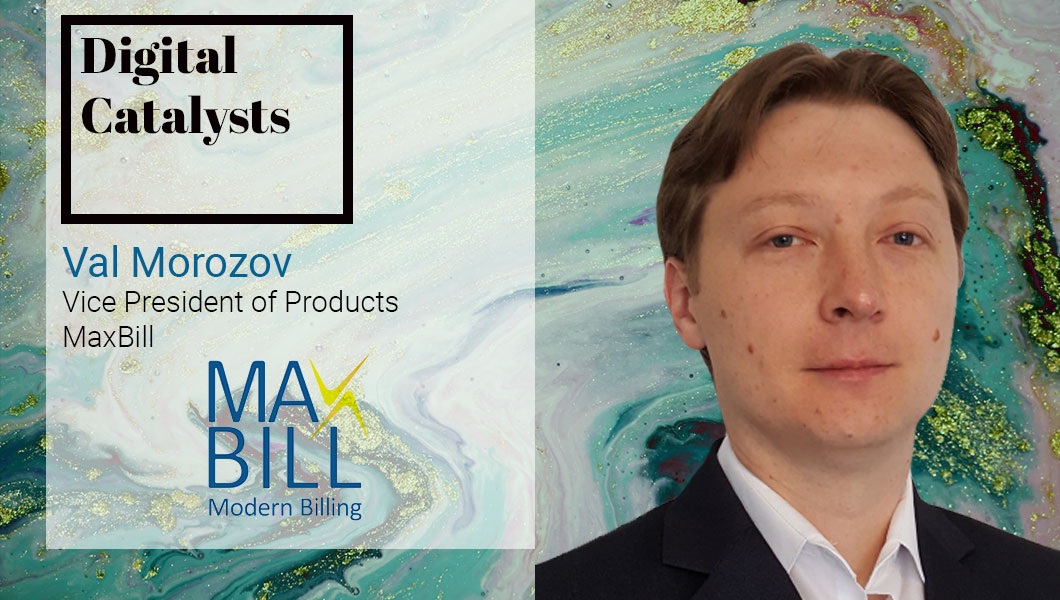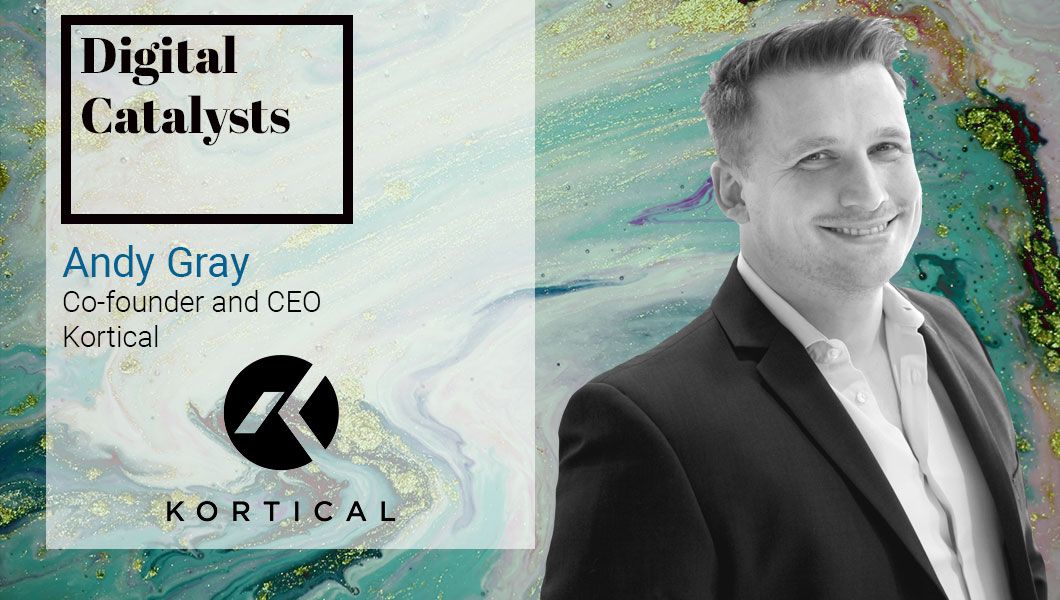Interview with Sylvia Díaz-Montenegro, CEO at Balandra software
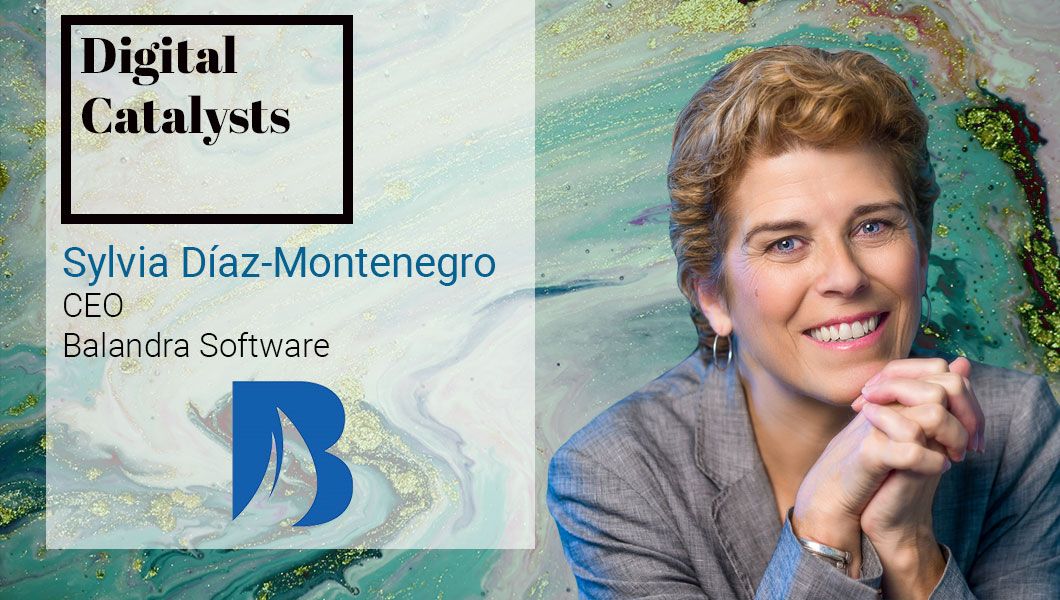
In this interview, Sylvia Díaz-Montenegro elaborates on managing the business decisions that drive processes and read on to find her suggestions for making a huge difference to cost and customer satisfaction. Sylvia has served as a C-level executive in the services industry for more than 10 years. Her experience with direct customers starts back in 1994. In 2005 she served as the CEO of Léelo, the mother company of Balandra, which was born with the idea of serving multichannel customers. An Executive MBA, Sylvia graduated as a Computer Science engineer from the Universidad Politécnica de Madrid
TDE: Tell us about your product/business and your specific role?
Sylvia Díaz-Montenegro: Balandra has developed a software able to operate a brand aggregated behavior as a complete interaction toolset, personalized to each of the customers according to the historic context he/she shares with the brand.
The Role of such activity is called “Orchestration”. In the Digital world, it consists of making decisions on when, what and how to communicate to the customer, according to the level of empathy the business user wants the brand to show. This new approach challenges the traditional ideas about how to achieve business KPIs such as loyalty and engagement.
TDE: What is the core issue your product/technology aims to address and what sets it apart from the other players in the market?
Sylvia Díaz-Montenegro: The Balandra platform is a pioneer of non-linear processes, also called artifact-centric or data-driven. These processes do not have a predefined sequence of execution, usually because they operate in uncontrollable contexts such as the customer’s life, where he/she does as he/she chooses, with no regards to the company’s internal needs. The client is an undisciplined actor by excellence and he/she is not a specialist of your brand’s operations.
Non-linear processes are defined around the data that define the process and their possible operations, instead of outlining a rigid sequence of actions. That approach eliminates the multiplied cost of exceptions, as there is no longer anything like the expected sequence. But it also has a direct impact on customer experience, as customers’ are no longer required to follow procedures but rather to do as they please.
Balandra bases the decision-making rules on IBM/ODM. This enables the business operation users to directly manage the business decisions that drive a process, giving them the final control of clients’ experiences and expectations management.
TDE: What’s the one industry, sector or role that your technology is most relevant to?
Sylvia Díaz-Montenegro: Our technology is most relevant in complex services industries like Banking, Insurance, Utilities and Telco. These industries have a high level of collisions in their customer-facing processes. Cases such as a brand sending marketing messages to the same customer that struggles in a claim is more the rule than the exception.
Our technology brings more value in such industries. For insurance or telco companies, and even more Health services, managing a common thread made of many possible episodes makes a huge difference both in costs and in customer satisfaction.
TDE: What are some of the common challenges your customers approach you with?
Sylvia Díaz-Montenegro: Visibility and time to market are the most common challenges our customers face. The lack of visibility is a problem at customer Level. “There is no way to know how do we impact the customer” – is a sentence we hear very often. Do we talk too much? Do we make mistakes? Do we call the customer on a rational way? Do we respect silence? Do we use the silence? Do we manage the expectations we set ourselves?
Companies recognize that they have been analyzing what they were doing internally, trying to reach excellence from the competence point of view, but not taking into account if they were performing “thoughtful” interactions, much more oriented to ensure customers’ loyalty and engagement with the brand.
TDE: Using technology to effect transformation usually starts with a transformation of beliefs and mindsets. How do you consult enterprise clients and help them make that important shift in mindset to move ahead on a particular project or implementation?
Sylvia Díaz-Montenegro: A common challenge is the complexity of the different aspects of a service.
Large companies, operating from different business units, operational siloes and specialized channels tend to face serious hurdles when it comes to customer operations. The existence of a customer-centric initiative needs an organization with empowered cross-business and cross-channel view of the client.
One of the first questions we ask is “Where is your customer function in your organization?” The shift begins with a short pilot project (we call it the Conscience Phase) where we are all able to see how the brand behaves. Scaling that to the full customer base is the first phase of our projects where we observe only the interactions of the brand from the customer point of view. As soon as a brand has the “Conscience” of what it is doing to its customer, it wants to change it. In the “Manners” phase, we operate the interactions in the long term context of each customer (opposed to the short term context usually designed for a short engagement operations of a sale).
TDE: Give us an example of an enterprise meeting a digital transformation goal through your product?
Sylvia Díaz-Montenegro: VERTI Spain, a direct insurer is changing the way they operate their digital Customer Care interactions with the result of higher engagement with the customers over time.
TDE: What present or upcoming technologies you think have the maximum potential to accelerate enterprise digital transformation?
Sylvia Díaz-Montenegro: There are big promises yet to deliver their full potential, such as Big Data, AI and, more lately, voice interfaces. And yet the biggest change may come from the rise of “smart systems”, – a complex set of systems that are able to orchestrate a coherent behavior, with an inherent capacity to evolve.
As Darwin puts it, “It is not the strongest of the species that survives, nor the most intelligent; it is the one that is most adaptable to change.”
TDE: What’s your go to resource – websites, newsletters, any other – that you use to stay in touch with the explosive changes happening in the digital space?
Sylvia Díaz-Montenegro: We’ve found that an active dialog with pioneers in the space of smart systems, such as Chris Malone – with its approach to a “Human Brand”- Sira Yongchareon or Ernest Teniente – both in Universities working in artifact-centric, help us stay abreast of the changes in the industry.
TDE: Read a good book lately on digital transformation that you’d like to recommend to us?
Sylvia Díaz-Montenegro: The Human Brand is an excellent read on smart systems and we are starting to explore anthropology essays and biomimicry to further investigate in the smart systems definition.
For more DX insights follow Sylvia Díaz-Montenegro on LinkedIn.


 By
By 